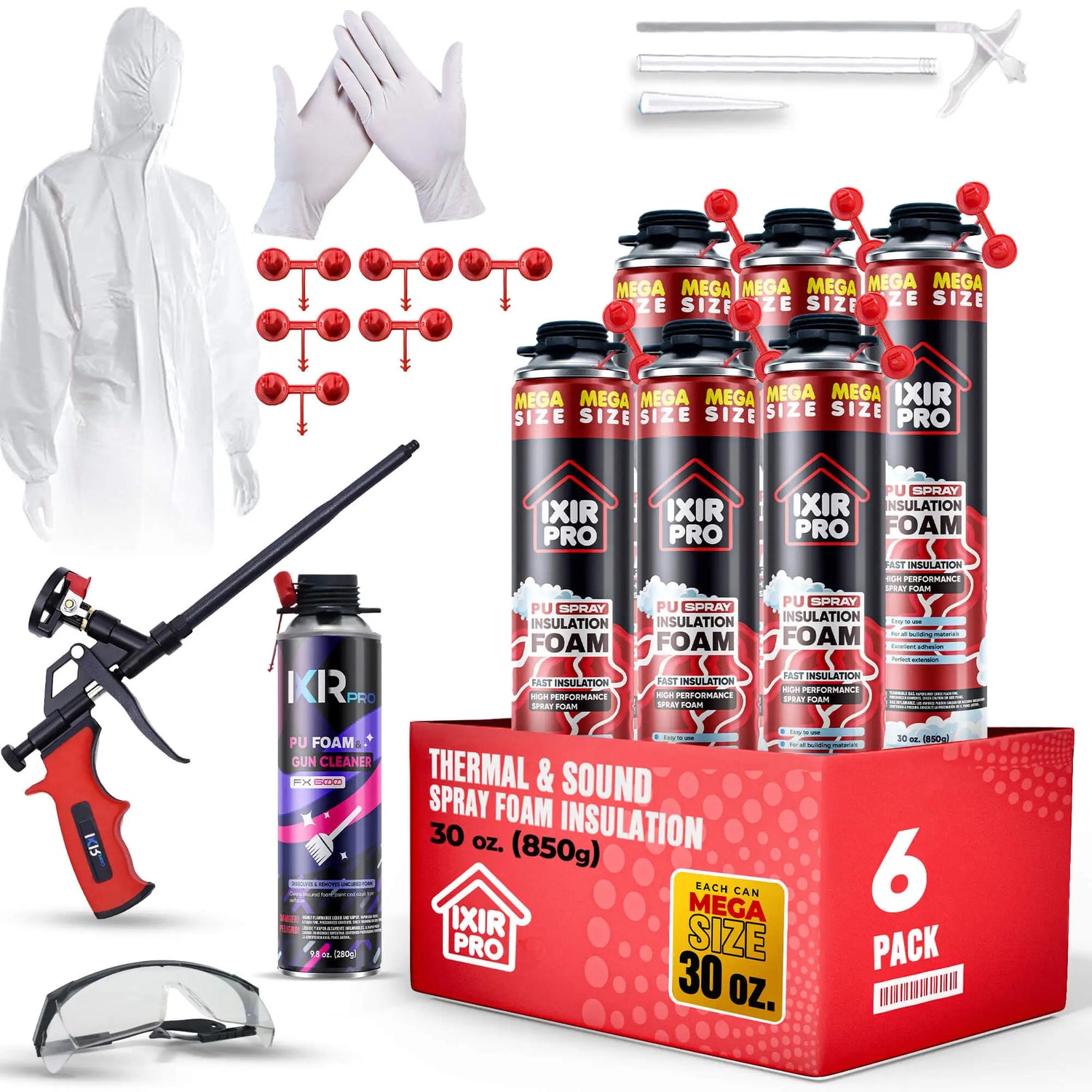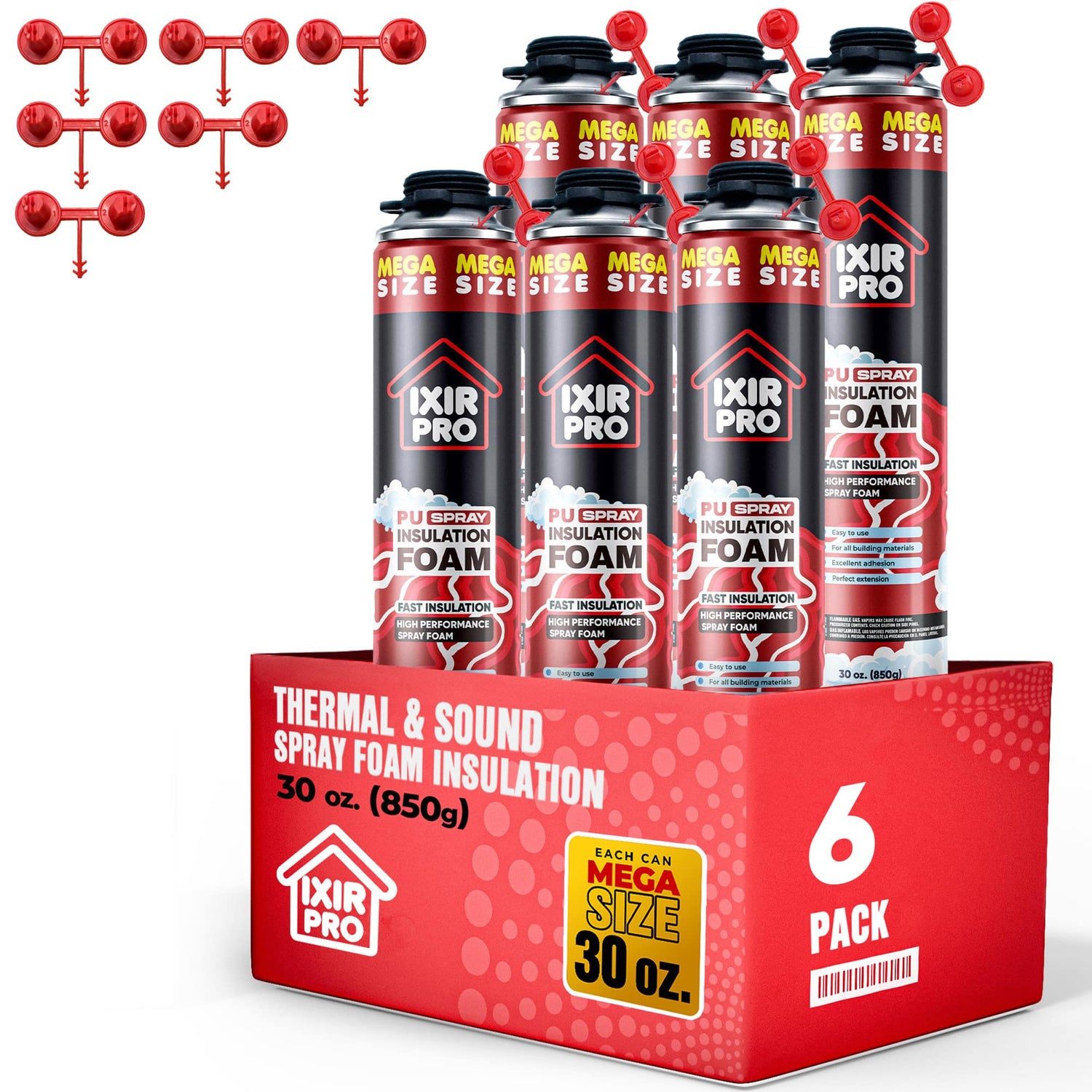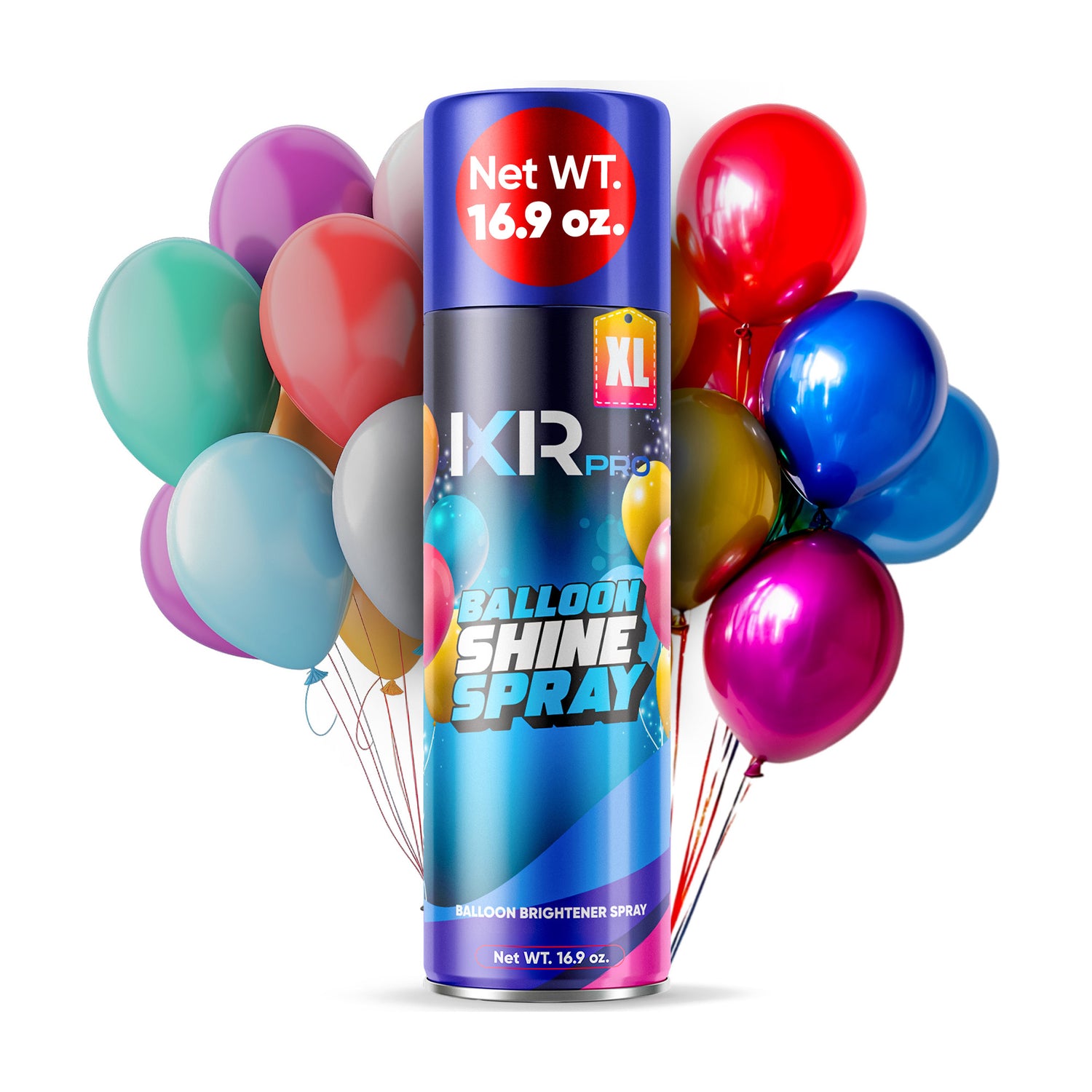A pole barn can serve as a workshop, garage, storage space, agricultural building, or even a small business facility—but without proper insulation, it quickly becomes an uncomfortable and inefficient space. In summer, the structure traps heat like an oven; in winter, it turns into a cold, drafty box. This leads to higher energy bills, moisture issues, uncomfortable working conditions, and potential damage to stored items.
That’s where the right insulation strategy comes in.
In this guide, we’ll walk you through everything you need to know about insulating a pole barn, including insulation types, best practices, and why many property owners are now choosing Ixirpro spray foam insulation kits for a durable, air-sealed, long-lasting solution.
Why Insulating a Pole Barn Matters
Pole barns are typically built using wood framing with metal panels, which naturally conduct heat and allow air infiltration. Proper insulation solves multiple problems at once:
1. Improved Energy Efficiency
Uninsulated metal walls lose heat rapidly in winter and absorb excessive heat in summer. By adding insulation, you create a thermal barrier that stabilizes indoor temperatures and reduces HVAC workload. Many property owners see 20–40% lower energy costs after proper insulation.
2. Better Indoor Comfort
Whether you use your pole barn for storage or as a workspace, consistent temperature is essential. Insulation helps maintain balance, prevents temperature swings, and improves air quality by limiting drafts and outdoor air infiltration.
3. Noise Reduction
Metal roofs amplify sound—rain, wind, machinery—making the space loud and disruptive. Insulation absorbs sound waves, creating a quieter environment.
4. Moisture & Condensation Control
Warm air touching cold metal sheets causes condensation, which leads to mold, corrosion, and structural damage. Proper insulation acts as a vapor barrier, reducing moisture buildup and protecting your barn long-term.
5. Protects Equipment & Stored Items
If you keep tools, vehicles, materials, or temperature-sensitive items inside your pole barn, insulation prevents damage caused by extreme temperature changes and excess moisture.
6. Increases Property Value
A well-insulated pole barn is more functional, durable, and attractive to future buyers—instantly raising the overall property value.
Best Types of Insulation for Pole Barns
Different pole barn applications and budgets require different insulation options. Here are the most commonly used materials—and which is right for you.
1. Spray Foam Insulation (Best Overall Choice)
Spray foam insulation—especially closed-cell spray foam insulation kits like those available from Ixirpro—offers the highest R-value and superior energy efficiency.
Benefits:
- Creates a complete air-sealed and vapor-sealed envelope
- Fills all gaps, cracks, and irregular surfaces
- Prevents condensation and mold growth
- Adds structural strength
- Ideal for walls, roofs, and hard-to-reach areas
- Works for DIY projects (using DIY spray foam insulation kits)
R-Value:
Closed-cell spray foam = R6–R7 per inch
Open-cell spray foam = R3–R3.5 per inch
If you want maximum energy savings, moisture control, and long-term performance, spray foam insulation for pole barns is unmatched.
2. Fiberglass Batt Insulation
A budget-friendly option installed between studs or rafters.
Pros:
- Cheap and widely available
- Easy to install
Cons:
- Does not seal air leaks
- Low moisture resistance
- Rodents and insects may nest in it
Best for mild climates or barns used for simple storage.
3. Cellulose Insulation
Made from recycled materials and blown into cavities.
Pros:
- Higher R-value than fiberglass
- Eco-friendly
Cons:
- Absorbs moisture easily
- Can settle over time, reducing effectiveness
4. Radiant Barrier
Reflective foil insulation installed under roofing panels.
Best for:
- Hot climates
- Reducing heat from sun exposure
Radiant barriers work best when combined with another insulation type.
How to Insulate a Pole Barn (Step-by-Step Guide)
Step 1: Assess Your Pole Barn
Identify:
- Climate zone
- Existing air leaks
- Usage (storage, workshop, animals, machinery, office)
- Budget and R-value goals
This helps determine whether you need closed-cell spray foam, fiberglass batts, or a hybrid solution.
Step 2: Prepare the Building
- Clean surfaces
- Remove dust, debris, and old insulation
- Repair gaps, rust spots, or water damage
- Ensure electrical and plumbing are properly secured
Preparation ensures proper adhesion and maximum insulation performance.
Step 3: Choose & Install Insulation
If energy efficiency, moisture control, and durability are priorities, DIY spray foam insulation kits from Ixirpro are ideal.
For budget projects, fiberglass or radiant barrier combinations may work.
Step 4: Seal All Air Leaks
Even the best insulation fails if air leaks remain.
For airtight results, apply closed-cell spray foam around:
- Window frames
- Roof-to-wall connections
- Rim joists
- Corners and seams
Step 5: Add Vapor Barrier (If Needed)
Spray foam insulation already acts as a vapor barrier.
Fiberglass and cellulose require an additional moisture control layer.
Step 6: Finish the Interior
Install:
- Drywall
- Plywood
- Metal panels
This protects the insulation and improves the barn’s appearance.
Common Mistakes to Avoid
1. Skipping the Vapor Barrier (with fiberglass/cellulose)
Moisture is the #1 enemy—never leave insulation exposed.
2. Using the Wrong Insulation Type
Make decisions based on climate, barn usage, and budget—not just cost.
3. Not Air-Sealing Properly
Air leaks reduce insulation performance by up to 40%.
4. Inadequate Insulation Thickness
Follow local R-value recommendations for walls and roofs.
5. Poor Installation
Incorrect installation = reduced comfort, moisture issues, and wasted money.
If using spray foam, consider ixirpro spray foam insulation can kits, which are designed for easy, professional-quality application.
FAQs: Pole Barn Insulation
1. What’s the best insulation for a pole barn?
Closed-cell spray foam insulation offers the highest R-value, best air sealing, and best moisture control—making it the top choice.
2. Can I insulate a pole barn myself?
Yes. Many owners use DIY spray foam insulation kits from Ixirpro to save on professional labor costs.
3. Does insulation prevent condensation?
Proper insulation (especially spray foam) significantly reduces condensation and helps prevent mold and rust.
4. How much does pole barn insulation cost?
Costs range from $0.50 to $4.00 per sq ft, depending on insulation type and building size.
5. How long does spray foam insulation last?
High-quality spray foam (like Ixirpro kits) can last 50–80 years with minimal maintenance.
Conclusion
Insulating your pole barn is one of the smartest investments you can make—improving comfort, reducing energy bills, protecting your equipment, and increasing long-term property value.
Among the available options, spray foam insulation stands out as the most effective solution, thanks to its superior R-value, airtight sealing, and moisture resistance. Whether you’re tackling a small repair or insulating an entire structure, ixirpro spray foam insulation kits help you achieve professional-grade results at a fraction of the cost.
If you want a durable, energy-efficient pole barn that performs year-round, start with the right insulation—and start with Ixirpro.




















































































